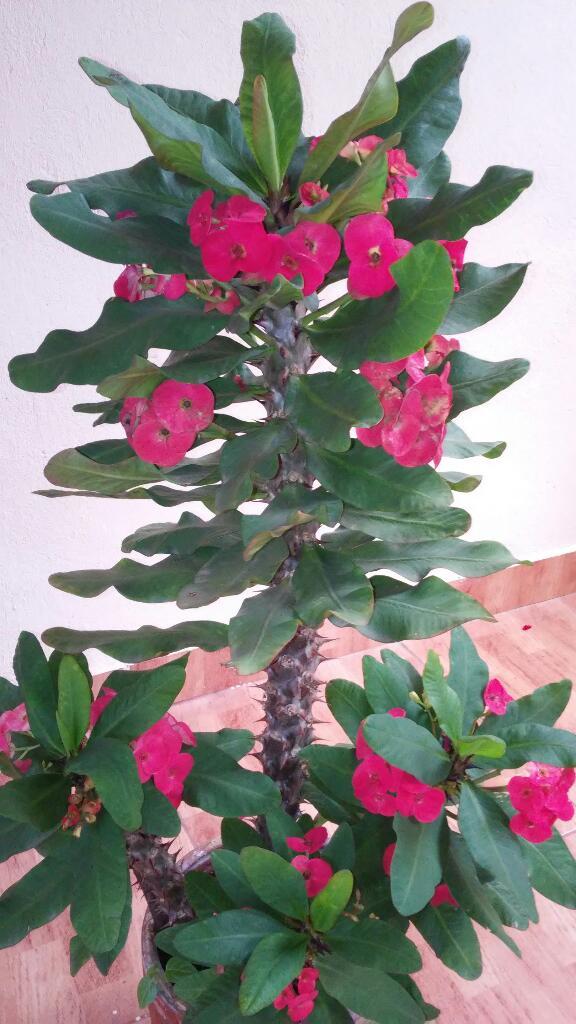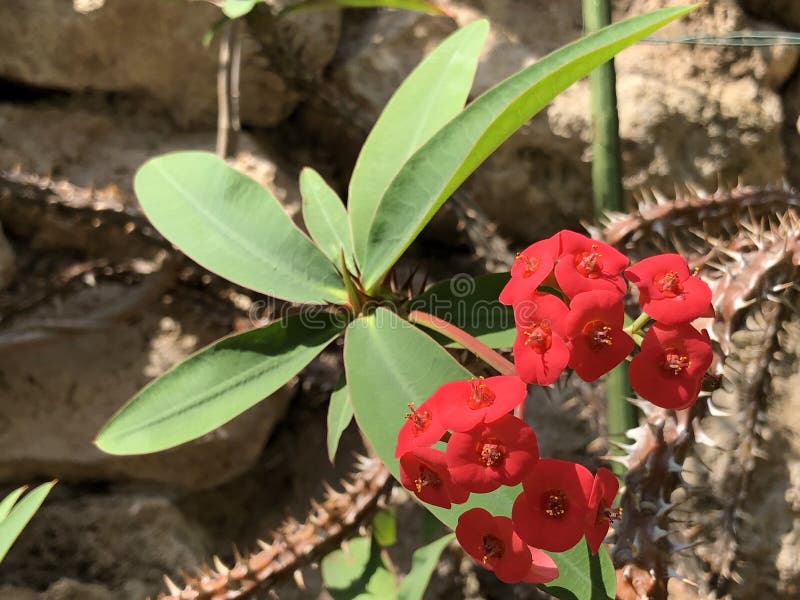
To start planning your visit to the wildlife refuge, see the official website.

There is a refuge visitor center open from Tuesday to Saturday during the summer (Memorial Day to Labor Day) season, and it offers indoor restrooms. Con hojas verdes y flores rojas que suelen caerse cuando se someten a temperaturas. Visitors should note that pets (aside from service animals) are not allowed to enter the refuge. La Corona de Cristo es un arbusto ramificado, leñoso y trepador que puede alcanzar una altura de hasta 2 metros. Parking is free, and spots are open on a first-come, first-served basis. Entrance costs $5 for a single vehicle or $2 per person entering on foot.
#MATA CORONA DE CRISTO NEGRA FREE#
Entrance is free from November through March, but if you're visiting in the warmer months, you'll have to pay a small fee. Note that the visitor center does close seasonally. The visitor center is generally open daily from 8 a.m. Com a evoluo da epidemia no pas, morreram pobres na linha. Son manchas que en un principio toman una coloración tirando a marrón, para finalmente, acabar con un color oscuro. De l para c, os dados s fizeram confirmar: a doena causada pelo coronavrus no Brasil mata mais as pessoas negras e pobres.

La planta que recibir es cada vez ms en una olla 4'. Ideal para temperaturas son 62 a 65 grados en la noche y 80 A 85 grados durante el da.

The refuge, located just past Sandbridge Beach, is open daily from dawn to dusk. Los hongos aparecen cuando la planta se encuentra expuesta a una humedad excesiva. Corona de espinas es una planta creciente mejor en un lugar soleado.
#MATA CORONA DE CRISTO NEGRA FULL#
The more than 9,200-acre refuge offers several easy to moderate hiking trails that will bring you past wetlands, sand dunes and whispering sea grass, as well as pine forests full of critters. Though you may not encounter other humans at the refuge, you'll see your fair share of animals, whether it be herons, ducks, swans or sea turtles. The species name commemorates Baron Milius, once governor of Runion, who introduced the species to France in 1821. Previous visitors lauded the refuge's serene atmosphere and said they encountered very few other people while exploring. The crown of thorns (also known as Christ plant, or Christ thorn, called Corona de Cristo in Latin America) is a woody, succulent species of Euphorbia native to Madagascar. Mara is kidnapped by her former lover and locked in a gym on her property, but being amnesiac she can't tell him where she hid her husband's jewelry.Sometimes, all you want is a little peace, and when you're in Virginia Beach, the Back Bay National Wildlife Refuge is the place to find it. Although her patron saint sees in the tarot cards that a black crown that portends death revolves around the mysterious woman, Andrés ignores her and goes with her to the hotel where the clues indicate that he was staying with her. Disoriented, the woman runs away from her and finds the help of Andrés, who falls in love with her and tries to get her memory back.

Tambm conhecida como colcho-de-noiva, dois-irmos, bem-casados, coroa-de-espinhos, martrios, duas-amigas, coroa-de-nossa-senhora e dois-amigos. interested in finding the place where some precious jewels are hidden. Coroa-de-cristo (Euphorbia milii) um arbusto espinhoso originrio de Madagascar muito difundido no Brasil, onde utilizado como planta ornamental e como proteo em cercas vivas. In the city of Tangier, a woman named Mara (María Félix) suffers from amnesia after murdering her husband, who was about to demand a divorce for having caught her in illicit love affairs with a lover (Vittorio Gassman), who only loves her. Live Plant, Euphorbia Milli, Crown of Thorns Plant, Corona de Cristo planta (Angle´s Wish) Brand: Generic. It is based on the story La Vénus d'Ille by Prosper Mérimée. The Black Crown (French: La Couronne noire, Spanish: La corona negra) is a 1951 French-Spanish film noir directed by Luis Saslavsky and starring María Félix, Rossano Brazzi and Vittorio Gassman. Experto forense conocido por sus estudios sobre la Sbana Santa de Turn, explic el posible origen de la planta con la que se hizo la corona de espinas.


 0 kommentar(er)
0 kommentar(er)
